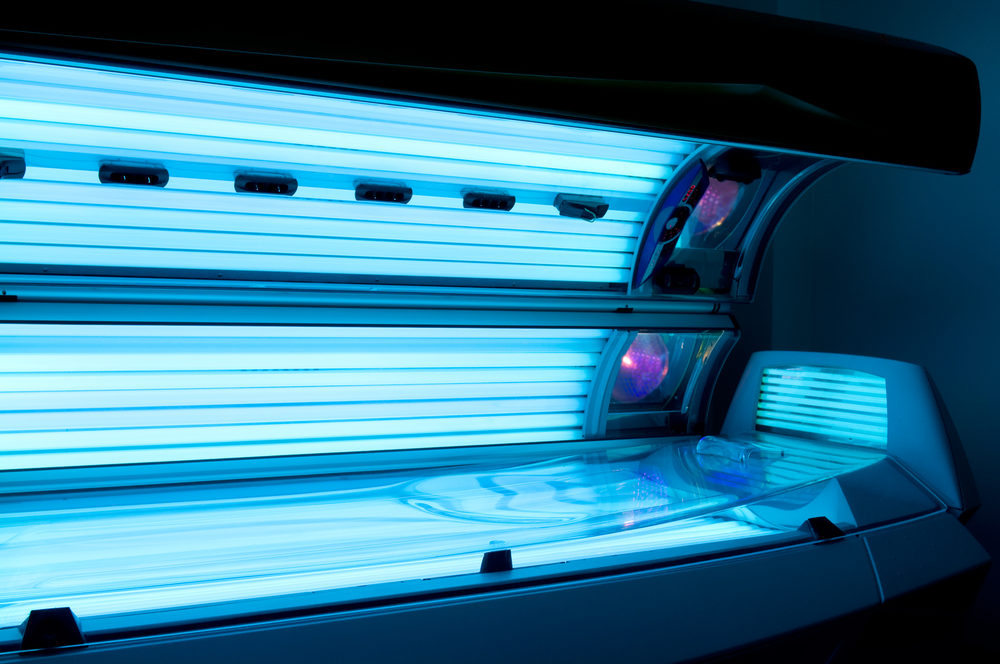Tanning Bed Use on Decline in Recent Years As Cancer Fears Rise: Study

Amid increasing awareness about the potential link between tanning beds and skin cancer, new research suggests that the use of indoor tanning facilities has generally decreased over the past few years, but the rates among older men appear to be increasing.
In the latest issue of the medical journal JAMA Dermatology, researchers from the U.S. Centers for Disease Control and Prevention (CDC) and the National Cancer Institute at the National Institutes of Health reviewed data from the 2010 and 2013 National Health Interview Survey. The survey focuses on a nationally representative sample of the U.S. residents over the age of 18.
Researchers found indoor tanning use declined from 5.5% to 4.2% among all adults from 2010 to 2013. Among men, indoor tanning dropped overall 2.2% to 1.7%. However, indoor tanning among men between the ages of 40 to 49 increased 177%. It also increased 71% among men older than 50.

Did You Know?
Millions of Philips CPAP Machines Recalled
Philips DreamStation, CPAP and BiPAP machines sold in recent years may pose a risk of cancer, lung damage and other injuries.
Learn MoreThe study also found indoor tanning rates decreased by 45% among men who were cancer survivors. Use by women overall saw a decrease from 8.6% to 6.5 % during that time.
There was a decrease of 28% in the oldest age group, a 45% decrease among college graduates, and a 33% decrease in tanning device use among women in fair or poor health, according to the findings. The study also revealed women who were meeting aerobic or strength physical activity standards had a 23% decrease in use as well.
The findings come after several years of effort by health officials to raise awareness about the risk of melanoma and other forms of skin cancer associated with indoor tanning. Skin cancer is the most common malignancy in the U.S. with nearly 4 million cases diagnosed every year. The majority of cases are preventable, including 90% of melanomas, the most lethal type of skin cancer.
Another study published in late 2014 revealed indoor tanning rates among teens began to decline over recent years, mostly attributed to strong cancer risk warnings informing teens. The study revealed indoor tanning among teen girls dropped from 25% to 20% from 2009 to 2013.
Among frequent tanners, those who tanned using an indoor tanning device one or more times during the 12 months before the survey, the study revealed a decrease in use among frequent female tanners from 4.8% to 3.6%.
In May, the FDA issued regulations requiring black box warnings on the devices, including warnings about the risks of cancer to minors. The requirements also reclassified sunlamp products from a low risk class I to class II moderate-risk products.
The devices were recently classified as carcinogenic to humans by the World Health Organization, which sparked the recent changes in regulations. In addition, laws restricting access to tanning devices among minors in cities and states may have helped to decrease use and change public perception of the dangerous devices.
Despite the efforts, nearly 8 million women and 2 million men still use indoor tanning devices. Many doctors are calling for even stricter federal regulations to be placed on indoor tanning devices. An editorial published in the Journal of the American Medical Association called for more stringent regulations and for teens to be restricted from using the devices.
Get more articles like this sent directly to your inbox.
"*" indicates required fields





0 Comments